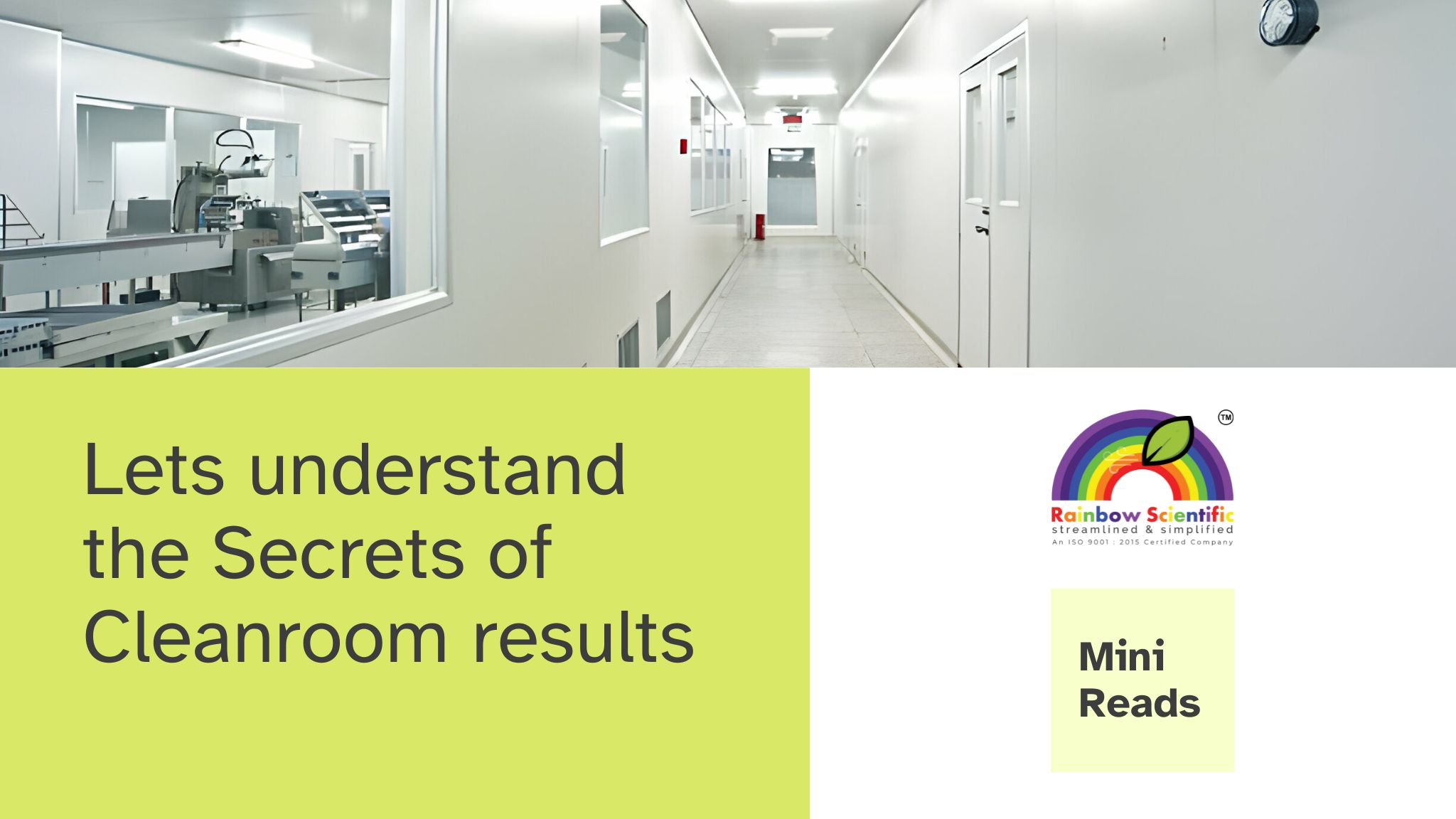Understanding the substance of Cleanroom results
In moment’s fast- paced world, diligence similar as medicinals, biotechnology, electronics, and healthcare demand unequalled norms of cleanliness and impurity control. This necessitates the use of specialised surroundings known as cleanrooms. These controlled surroundings maintain extremely low situations of adulterants similar as dust, microbes, airborne patches, and chemical vapours, icing product quality, safety, and nonsupervisory compliance.
What Defines a Cleanroom?
Bracket Systems A Vital element
Cleanrooms are classified grounded on the number and size of patches permitted per volume of air. This bracket is defined by transnational norms similar as ISO 14644- 1 and US Federal Standard 209E. Understanding these groups is pivotal for opting the applicable cleanroom result for specific operations.
Key Components Building Blocks of Cleanroom Design
HVAC Systems
Heating, ventilation, and air exertion( HVAC) systems play a vital part in maintaining the asked air quality within cleanrooms. These systems sludge and circulate air, controlling temperature, moisture, and flyspeck situations.
Air Pollutants
High- effectiveness particulate air( HEPA) and ultra-low penetration air( ULPA) pollutants are integral to cleanroom operations. These pollutants trap patches of colourful sizes, icing the chastity of air circulating within the cleanroom terrain.
Common Misconceptions About Cleanroom results
Myth Cleanrooms are precious to Maintain
Contrary to popular belief, advancements in cleanroom technology have led to more effective and cost-effective results. From energy-effective HVAC systems to innovative sludge designs, ultramodern cleanrooms offer sustainable operation without compromising performance.
Myth Cleanrooms are Only for High- Tech diligence
While diligence similar to semiconductor manufacturing and biotechnology heavily calculate on cleanroom installations, their operations extend far further. Cleanrooms are essential in pharmaceutical products, aerospace exploration, and indeed certain sanitarium surroundings where sterile conditions are imperative.
Exploring the Benefits of Cleanroom results
Enhanced Product Quality
By minimising impurity pitfalls, cleanrooms insure the product of high- quality, disfigurement-free products. This is particularly critical in diligence where indeed minor contaminants can compromise product efficacy or safety.
Regulatory Compliance
Numerous nonsupervisory agencies dictate strict cleanliness norms for diligence similar to medicinals and healthcare. Cleanroom results give the necessary structure to meet these strict nonsupervisory conditions and maintain compliance with assiduity norms.
Challenges and inventions in Cleanroom Technology
Addressing impurity pitfalls
Despite strict protocols, cleanrooms are susceptible to impurity from colourful sources, including labour force, outfit, and raw accoutrements . Ongoing exploration focuses on developing advanced monitoring systems and impurity control strategies to alleviate these pitfalls effectively.
Sustainability enterprise
In line with global sustainability pretensions, the cleanroom assistance is embracing eco-friendly practices. This includes the relinquishment of energy-effective outfit, recovering enterprise, and the use of sustainable structure accoutrements , reducing the environmental footmark of cleanroom operations.
The Future of Cleanroom results
Cleanroom results represent the epitome of perfection, effectiveness, and invention in controlled terrain technology. As diligence continues to evolve and demand advanced norms of cleanliness, the significance of cleanroom results will only grow. By staying abreast of arising technologies and stylish practices, organisations can unleash the full eventuality of cleanroom surroundings and propel their operations towards success. For best cleanroom and laboratory products in chennai, mumbai, Bihar, Maharashtra, New Delhi and Tamil Nadu – Get in touch with Rainbow Scientific who manufactures and distributes Biosafety cabinet, Laboratory equipment, Air Shower, Laminar air flow, Pass box, Clean Room manufacturer.
FAQs( Frequently Asked Questions)
No, cleanrooms are utilised in a variety of diligence and settings, ranging from small- scale laboratories to large manufacturing installations.
The frequency of sludge relief depends on factors similar to the type of sludge, the position of pollutants, and the specific conditions of the cleanroom. It’s generally recommended to cleave to manufacturer guidelines and conduct regular examinations to determine the optimal relief schedule.
Yes, cleanroom results can be acclimated to meet the unique requirements of different diligence and operations. This includes customising cleanroom designs, tailwind patterns, and filtration systems to achieve the asked position of cleanliness and impurity control.
Labour forces are a significant factor in cleanroom operations, as they can introduce pollutants through apparel, skin, and respiratory emigrations. Training, proper vesture, and adherence to cleanroom protocols are essential to minimise the threat of impurity.
Cleanroom technology is evolving to incorporate energy-effective systems, recyclable accoutrements , and waste reduction strategies, aligning with broader sustainability enterprises across diligence.


